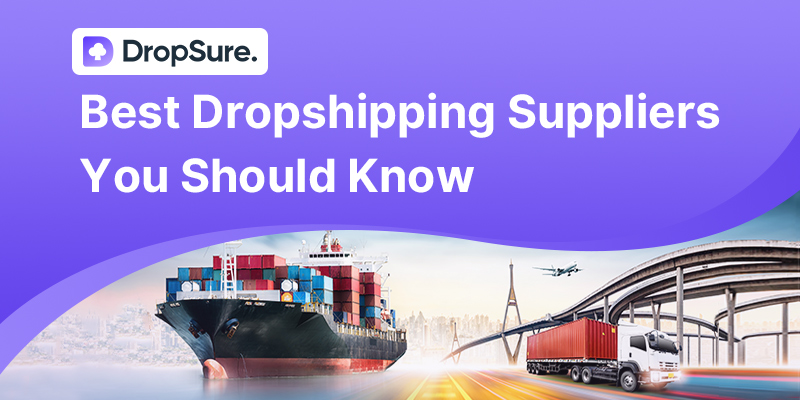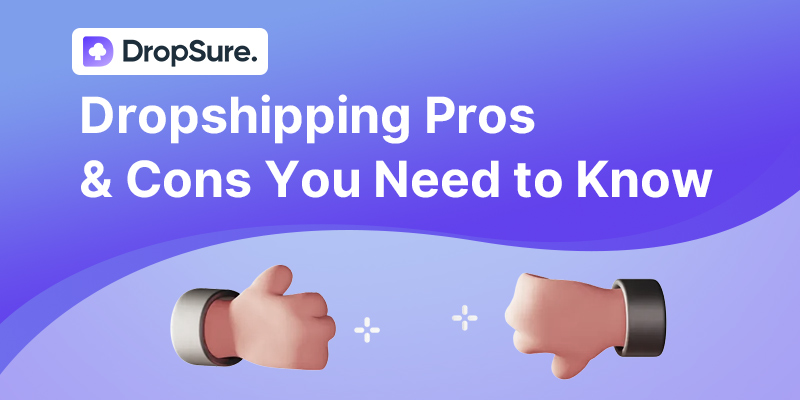Running an ecommerce business sounds exciting—freedom, flexibility, and financial growth. But let’s be honest: it’s not always sunshine and PayPal notifications.
If you’re pouring time and money into your store and still not seeing real results, you’re not alone. A lot of new (and even seasoned) ecommerce entrepreneurs hit a plateau. So, let’s talk about why growth stalls and what you can actually do to fix it.
You Don’t Have a Clear Target Audience
This is probably the #1 silent killer of growth.
Too many sellers think they’re marketing to “everyone.” In reality, that means they’re not truly connecting with anyone. You need to get painfully specific: who is your ideal customer? Where do they live online? What do they care about?
Once you narrow that down, everything changes—your product photos, your copy, your ad targeting—it all becomes sharper and more effective.
Your Product Isn’t Solving a Real Problem
Hard truth: some products just don’t sell because they’re not useful or unique enough.
If you’re selling a generic item that’s all over AliExpress, you better have killer branding or a powerful niche angle. Otherwise, you’re competing with giants on price, and that’s a race you’ll lose.
Test your offer. Ask real people for feedback. Be honest—does this product make someone’s life easier, better, or cooler? If not, it might be time to pivot.
Your Website Experience Is Driving People Away
Slow loading, ugly layout, clunky mobile experience—these kill sales faster than a bad review.
In ecommerce, trust is everything. If your site feels sketchy or unprofessional, people bounce. Use clean design, clear navigation, and high-quality photos. Make the buying process stupidly simple.
Hot tip: open your website on your phone and pretend you’re a first-time visitor. Would you buy from you?
You’re Ignoring Your Data
If you’re not tracking traffic sources, conversion rates, and customer behavior—you’re flying blind.
Analytics isn’t just for nerds. It tells you what’s working and what’s wasting your money. Are your Facebook ads actually converting? Which product pages have the highest bounce rate? What’s your abandoned cart percentage?
Don’t guess. Measure, tweak, repeat.
You Haven’t Built a Brand—Just a Store
Here’s the difference: a store sells stuff. A brand creates emotion and loyalty.
People don’t just want products. They want a story, a vibe, something they can belong to. Think about Glossier, Gymshark, or even Liquid Death. They’ve nailed branding—and that’s why people buy again and again.
Your brand should have a voice, a look, and a clear message. Without that, growth will always feel like a grind.
You’re Not Building a Customer Base—You’re Just Chasing Sales
Repeat customers are easier and cheaper to sell to. But many sellers ignore them completely.
Build your email list. Send offers. Ask for reviews. Follow up with loyalty deals. Treat your buyers like long-term friends, not one-time paychecks.
One loyal customer is worth five cold leads.
You’re Not Learning Fast Enough
Ecommerce moves fast. Platforms update, trends shift, algorithms change.
The people who win in ecommerce? They’re constantly testing, learning, and adapting. That means watching what’s trending, reading case studies, trying new tools, and being willing to fail fast and learn faster.
If you’re stuck, maybe it’s time to invest in a course, get a mentor, or even just spend a weekend deep-diving YouTube tutorials.
Final Thoughts: Growth Takes Guts
The brutal truth? There’s no “secret hack” that will 10x your store overnight.
But that’s not a bad thing. It means the people willing to do the hard work—build a real brand, optimize consistently, and connect with their audience—will win over time.
If you’re struggling to grow, don’t panic. Step back, analyze the leaks in your funnel, and fix them one by one. Growth is hard, but it’s possible—and damn rewarding when it finally clicks.
Want a personalized audit of your store or product strategy? Drop me a message and let’s brainstorm together. You’re closer to your next big win than you think.

 5 min read
5 min read




